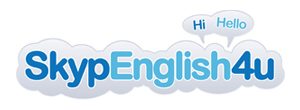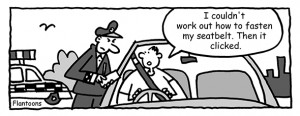‘a little’ and ‘little’ & ‘a few’ and ‘few’
We use ‘a/an’ with several quantifiers:
• a little
• a few
• a lot (of)
We also use ‘no article’ with several:
• little
• few
• lots (of)
In many situations, we can choose to use ‘a little’ or ‘little’ (when using an
uncountable noun) or ‘a few’ or ‘few’ (when using a plural countable noun). They
have slightly different meanings. (‘A lot’ and ‘lots’ aren’t like this. ‘A lot’ means the
same as ‘lots’).
When we say ‘a little’ or ‘a few’ we mean a small amount, but it’s enough:
• John: Let’s go out tonight.
• Lucy: Okay. I have a little money, enough for the cinema at least.
On the other hand, ‘little’ or ‘few’ usually give us a different impression. These also
mean a small amount, but this time the amount is almost nothing. If the noun is
something that we want (like money or friends) then using ‘little’ or ‘few’ means that
we don’t have enough:
• John: Let’s go out tonight.
• Lucy: Sorry, I have little money. I really can’t afford to go out.
Of course, if we use ‘few’ or ‘little’ with a noun that we don’t want, then the sentence
can have a positive meaning. It’s good to have nearly no problems, for example:
• There have been few problems with the new system, thankfully!
• Luckily, there is little crime in my town.
• I’m so pleased that I have few arguments with my family.
• It’s great that there’s been very little bad weather this month.
Get the book “A and The Explained” > http://www.perfect-english-grammar.com/a-and-the-explained.html
[gap height=”15″]

